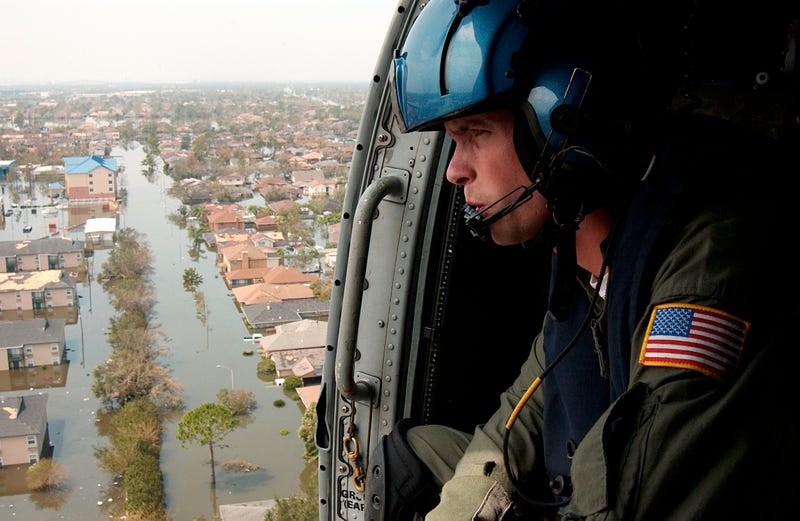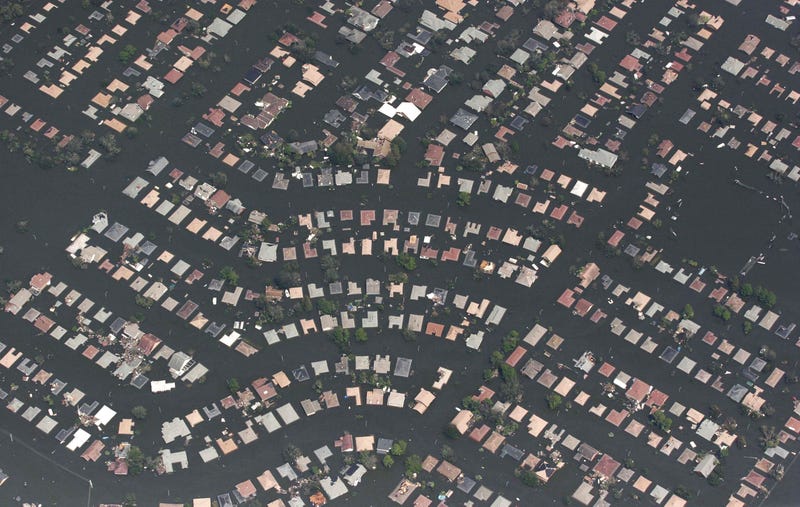
Twenty years after Hurricane Katrina, New Orleans is still reckoning with the storm’s impact and not just on homes, levees, and infrastructure, but on the people who make this city what it is.
The city of New Orleans population is now estimated just above 350,000. Before Katrina, the 2000 Census said there were nearly half a bmllion.
Overall the metro area is now 7% less populated than it was before the storm.
Jefferson Parish has held mostly steady with St. Tammany (up nearly 100,000) and Tangipahoa (up about 50,000) both growing.
St. Bernard and Plaquemines Parish have see significant population losses.

Data Center Chief Demographer Allison Plyer says while the Orleans Parish remains predominantly Black, those numbers are shifting. The Hispanic population has grown the fastest in recent years.
And although it may feel like the white population has surged, Plyer explains that’s not the case. In fact, there are fewer white residents today, and it only appears otherwise because the city as a whole has fewer people.
“Katrina was devastating, but the storm alone didn’t determine our population story,” Plyer says. “In the decade after, New Orleans actually grew. The real decline came later, as our economy struggled to provide stable, decent-paying jobs.”
That economic reality has hit younger families especially hard. Many left in search of opportunity, while the city also said goodbye to a significant number of elders who passed in the years since the storm. Birth rates, once a source of hope, have slowed.
She also points out that the region now has 10 percent fewer jobs.
Still, Plyer believes the story isn’t one of loss alone. It’s also one of possibility.
She warns, though, that the future depends on choices made now. Without investment in new industries that create lasting jobs, Louisiana risks continued population decline. But with innovation and intention, Plyer says the people of New Orleans can continue to do what they’ve always done: rebuild, reinvent, and remind the world why there’s no place quite like this city.
"We have a unique opportunity to cultivate our water management and coastal restoration efforts into an exportable resource to places with similar circumstances."
Because as New Orleanians know better than anyone, a storm can wash away houses, but it can’t wash away the spirit that keeps people here.

